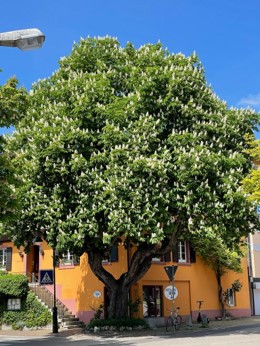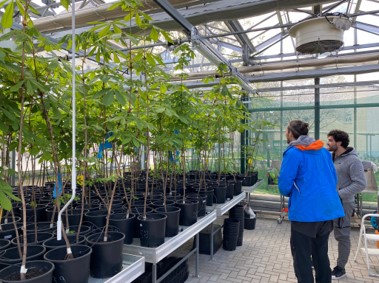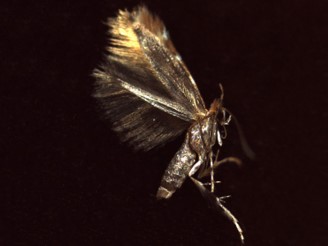Research
Diplodia Tip Blight
Research on the beneficial influence of endophytic fungi on the pathogen in pines and other conifer hosts, the pathogens varying virulence potential, and other factors causing disease outbreaks in the host trees; populations study and genotyping of the pathogen within Europe.
Horse Chestnut Leaf Pathogens
Horse chestnut trees (Aesculus hippocastanum) in European urban areas have been increasingly affected by various fungal diseases, which are emerging throughout Europe due to warmer climates. These are leading to decline and dieback of tree populations. Our research project aims to understand the interactions between these fungal pathogens and to predict their range expansions.
A consecutive inventory over 750 Horse Chestnut trees monitoring their health status and disease symptoms along a south-north transect in five European countries provides valuable insights into the increasing spread of disease symptoms, worsening the trees health situation. We sample symptomatic leaves and isolate the pathogenic filamentous fungi. Through in vitro studies, we conduct antagonism and synergism tests to determine how these fungi interact with each other.
We conduct infection tests in a controlled greenhouse environment to assess the virulence of various fungal pathogens on young horse chestnut trees. These tests enable us to understand the fungal characteristics and determine the extent of the damage caused by the pathogens.
Further, we conduct a test to determine the potential transmission of these fungal pathogens by the leaf miner Cameraria ohridella. This pest is known to cause significant damage to horse chestnut trees, and understanding its role in the transmission of fungal pathogens is crucial to developing effective management strategies.
Emerging Fungal Diseases in Forest and Urban Areas
Development of detection and identification tools for emerging and invasive fungal pathogens on forest and urban trees and in forest and city trees.
Dothistroma and Lecanosticta Needle Blight
Coming soon




